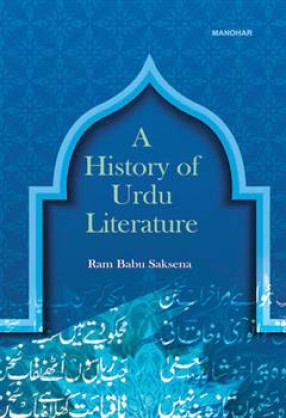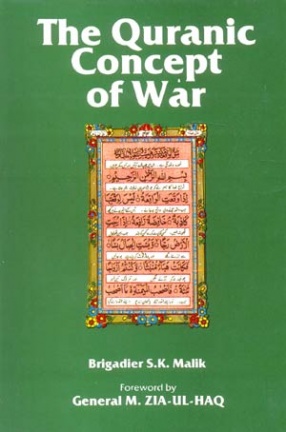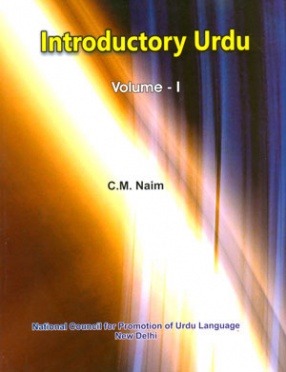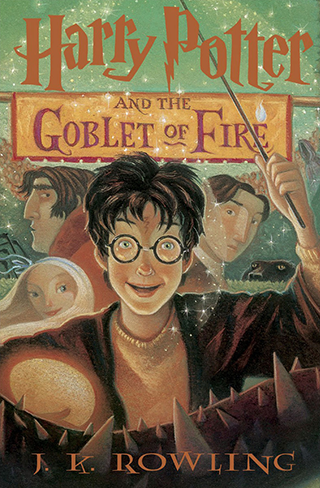A History of Urdu Literature
Urdu language developed during the medieval period when much of India came under the Delhi Sultanate. It gained prominence among the Sufi saints in the Deccan. However, after the disintegration of the Delhi Sultanate, it was during the reign of the Deccan Sultans – such as the Bahmanis, Qutb Shahis, and Adil Shahis – that Urdu became localized among both the commoners and the elites. In the eighteenth century, the Mughals made it a court language, replacing the existing Persian and Chagatai Turkish. This continued under their successor states, such as Awadh and Hyderabad. This book presents a linguistic history of the Urdu language in the Indian subcontinent. The first part of the book focuses on the beginnings and development of Urdu during the medieval period. The author categorizes the phases of Urdu development under the Deccani school during the Sultanate period, and the Delhi and Lucknow schools in the eighteenth century, with figures such as Arzu, Hatim, Mir, Sauda, Ghalib, Zauq, Amir Dagh, and Wajid Ali Shah. The book also touches on elegy writing recited during the Muharram period. It covers the works of other Urdu poets like Nazir Akbarabadi, Nasir Dehlavi, as well as writers such as Syed Ahmed Khan. The book discusses the establishment of Urdu prose, dramas, and novels during the time of writers like Sarshar and Sharar. Additionally, the author highlights the various achievements of the Urdu language. About the Author Ram Babu Saksena (1896-1957) was a civil servant and a scholar of Urdu.
Get it now and save 10%
BECOME A MEMBER







Bibliographic information